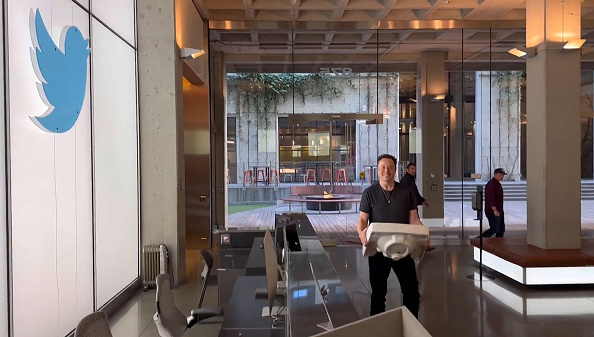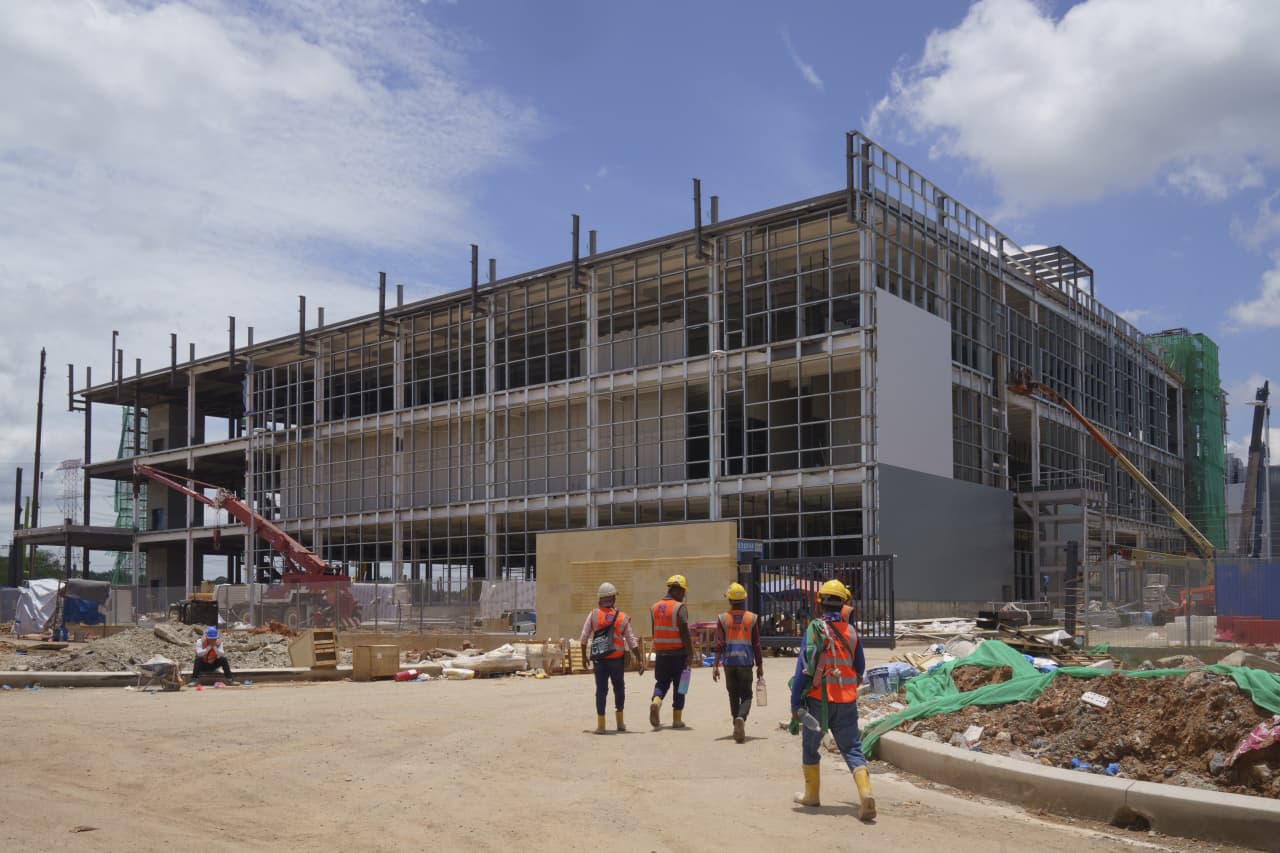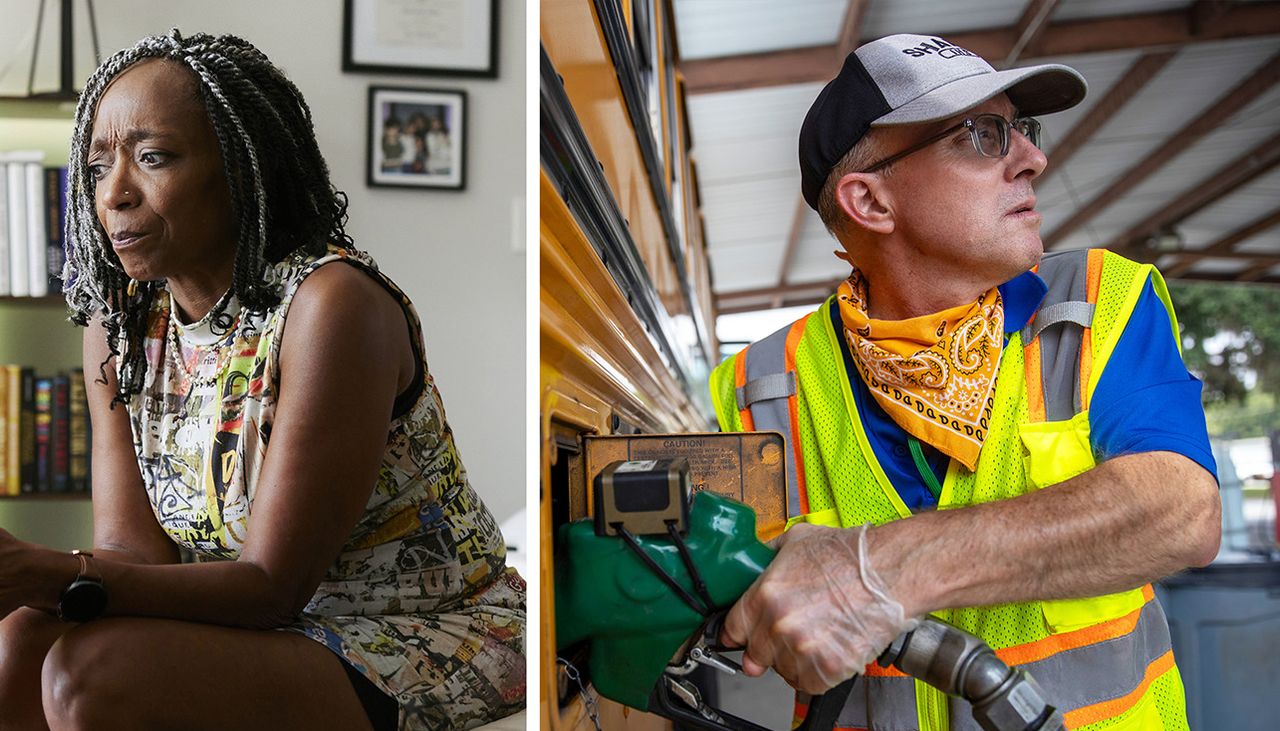Twitter, Tesla, Neuralink, SpaceX: The Week That Ran on Elon Musk Time
Propensity for ambitious, fuzzy deadlines is now on display at the social-media platform
The past week offered a dizzying display of Elon Musk’s multitasking range.
In the space of a few days, he showed off a monkey typing using a brain chip from his Neuralink startup, delivered an all-electric semitrailer from Tesla Inc., planned rocket launches at SpaceX and personally got involved in a high-profile account suspension at Twitter Inc., among much other activity.
It all highlighted an aspect common to Mr. Musk’s ventures, what some closer observers call “Elon Standard Time.”
That somewhat-joking, somewhat-on-the-nose shorthand refers to Mr. Musk’s habit of promising a new product or feature in the near term, which ends up being pushed off to a fuzzy future date—weeks, months or even years later.
Supporters say it is an example of how the world’s richest man motivates his teams to accomplish tasks that might have seemed impossible—such as landing rockets with SpaceX or building Tesla into a profitable electric-car giant.
Mr. Musk, who didn’t respond to a request for comment, in the past attributed his missed deadlines to the same optimism that enables him to take on daunting tasks.
The latest delay happened Friday. Mr. Musk had set that as the tentative date for the relaunch of a beefed-up version of the company’s Twitter Blue subscription service, an effort that could make the platform less reliant on advertising dollars, but as of late Saturday the rollout hadn’t happened.
It was the third scheduling lapse for Twitter Blue since Mr. Musk completed his Twitter acquisition in late October. Advertisers were told by Twitter employees that the relaunch could come this week, according to people familiar with the matter.
Twitter didn’t respond to a request for comment about the subscription service and the deadlines.
Mr. Musk is racing to remake the social-media company as what he calls Twitter 2.0. As part of that, he cut half the workforce, and many other employees left on their own when offered a choice between severance and “long hours at high intensity.” Advertisers are pulling back in the midst of concern about the platform’s content-moderation strategies and the general pace of change, as Twitter faces losses.
This past week was a stark example of all the plates Mr. Musk now has spinning. At Twitter, he also battled with the tech colossus Apple Inc. and personally announced the suspension of Kanye West’s account after the rapper and designer posted an anti-Semitic image.
At Tesla, Mr. Musk came through on one of his big promises with the delivery of the electric truck—albeit three years after he initially said it would arrive.
“Sorry for the delay,” Mr. Musk told a crowd gathered Thursday night for the Semi delivery at Tesla’s factory outside Reno, Nev. “The sheer amount of drama between…five years ago and now is insane. A lot has happened in the world, but here we are, and it is real.”
The night before the Semi celebration, Mr. Musk held an event in Fremont, Calif., for Neuralink to show off the work of his brain-computer company with a video of “telepathic typing” from a monkey that had a Neuralink implant. In 2019, Mr. Musk predicted that the company could begin human testing as soon as 2020. On Thursday, he said it should now be six months away.
Space Exploration Technologies Corp., as Mr. Musk’s rocket company is formally known, had more routine delays, postponing a launch planned for this past Thursday using one of its Falcon 9 rockets after conducting additional inspections of the booster and reviewing data, according to a tweet. SpaceX didn’t respond to a request for comment.
The company said Tuesday on Twitter that it conducted another major engine test for Starship, the rocket system it has been developing. While Mr. Musk has discussed possible dates for the first-ever Starship orbital flight, the company hasn’t attempted such a mission yet.
Delays in rocket-development programs aren’t uncommon, and Mr. Musk has made several predictions that have come and gone for his space ambitions.
Gwynne Shotwell, SpaceX’s president, has said delays are worth it to ensure that technical goals are met. “We have achieved everything we have wanted to—never in the timeline,” Ms. Shotwell said earlier this year at Stanford Graduate School of Business. “We fail on timeline, but that feels like the right fail to make, as opposed to not achieving what you’re trying to achieve.”
Maikel Mertens, a Tesla owner in the Netherlands, created a parody website in 2019—elontime.io—which makes light of how Mr. Musk’s timelines tend to stretch. He has dubbed his website the “Elon Time Converter,” which jokingly promises to calculate “the time drift between the Elon timezone…and the universal timezone.” A user enters a promised time, and the website cheekily pops out what it might mean. Six months, for example, might be two years.
Some people aren’t laughing. Tesla faced litigation over bullish statements that Mr. Musk made about increasing Model 3 car production only to see months of delays and headaches. Tesla denied wrongdoing, and the lawsuit was dismissed by a federal judge, who noted that Mr. Musk had qualified his projections. “Federal securities laws do not punish companies for failing to achieve their targets,” the judge wrote.
In 2018, a Tesla shareholder at the company’s annual meeting asked Mr. Musk about deadlines. “As a long-term investor, I hate to say this, but I feel like my trust in Tesla’s timelines sort of eroded a little bit with the Model 3 ramp,” the man said. “So should I keep discounting things on Elon time or…have you learned anything about this?”
“I do have…an issue with time,” Mr. Musk responded. He said his younger brother, Kimbal Musk, would have to be creative with him as children to catch the bus, telling him it was earlier than it actually was.
Mr. Musk chalked it up to his being a naturally optimistic person, added that he probably wouldn’t have pursued the seemingly impossible effort of breaking into the worlds of car-making and rocket-launching if he were any other way.
“I kind of say when I think it can occur, but then I’m typically optimistic about these things,” he said. “Like it pretty much always happens but not exactly on the time frame.”
—Patience Haggin, Micah Maidenberg and Alexa Corse contributed to this article.
 Copyright 2020, Dow Jones & Company, Inc. All Rights Reserved Worldwide. LEARN MORE
Copyright 2020, Dow Jones & Company, Inc. All Rights Reserved Worldwide. LEARN MORE
This stylish family home combines a classic palette and finishes with a flexible floorplan
Just 55 minutes from Sydney, make this your creative getaway located in the majestic Hawkesbury region.
Impact investing is becoming more mainstream as larger, institutional asset owners drive more money into the sector, according to the nonprofit Global Impact Investing Network in New York.
In the GIIN’s State of the Market 2024 report, published late last month, researchers found that assets allocated to impact-investing strategies by repeat survey responders grew by a compound annual growth rate (CAGR) of 14% over the last five years.
These 71 responders to both the 2019 and 2024 surveys saw their total impact assets under management grow to US$249 billion this year from US$129 billion five years ago.
Medium- and large-size investors were largely responsible for the strong impact returns: Medium-size investors posted a median CAGR of 11% a year over the five-year period, and large-size investors posted a median CAGR of 14% a year.
Interestingly, the CAGR of assets held by small investors dropped by a median of 14% a year.
“When we drill down behind the compound annual growth of the assets that are being allocated to impact investing, it’s largely those larger investors that are actually driving it,” says Dean Hand, the GIIN’s chief research officer.
Overall, the GIIN surveyed 305 investors with a combined US$490 billion under management from 39 countries. Nearly three-quarters of the responders were investment managers, while 10% were foundations, and 3% were family offices. Development finance institutions, institutional asset owners, and companies represented most of the rest.
The majority of impact strategies are executed through private-equity, but public debt and equity have been the fastest-growing asset classes over the past five years, the report said. Public debt is growing at a CAGR of 32%, and public equity is growing at a CAGR of 19%. That compares to a CAGR of 17% for private equity and 7% for private debt.
According to the GIIN, the rise in public impact assets is being driven by larger investors, likely institutions.
Private equity has traditionally served as an ideal way to execute impact strategies, as it allows investors to select vehicles specifically designed to create a positive social or environmental impact by, for example, providing loans to smallholder farmers in Africa or by supporting fledging renewable energy technologies.
Future Returns: Preqin expects managers to rely on family offices, private banks, and individual investors for growth in the next six years
But today, institutional investors are looking across their portfolios—encompassing both private and public assets—to achieve their impact goals.
“Institutional asset owners are saying, ‘In the interests of our ultimate beneficiaries, we probably need to start driving these strategies across our assets,’” Hand says. Instead of carving out a dedicated impact strategy, these investors are taking “a holistic portfolio approach.”
An institutional manager may want to address issues such as climate change, healthcare costs, and local economic growth so it can support a better quality of life for its beneficiaries.
To achieve these goals, the manager could invest across a range of private debt, private equity, and real estate.
But the public markets offer opportunities, too. Using public debt, a manager could, for example, invest in green bonds, regional bank bonds, or healthcare social bonds. In public equity, it could invest in green-power storage technologies, minority-focused real-estate trusts, and in pharmaceutical and medical-care company stocks with the aim of influencing them to lower the costs of care, according to an example the GIIN lays out in a separate report on institutional strategies.
Influencing companies to act in the best interests of society and the environment is increasingly being done through such shareholder advocacy, either directly through ownership in individual stocks or through fund vehicles.
“They’re trying to move their portfolio companies to actually solving some of the challenges that exist,” Hand says.
Although the rate of growth in public strategies for impact is brisk, among survey respondents investments in public debt totaled only 12% of assets and just 7% in public equity. Private equity, however, grabs 43% of these investors’ assets.
Within private equity, Hand also discerns more evidence of maturity in the impact sector. That’s because more impact-oriented asset owners invest in mature and growth-stage companies, which are favored by larger asset owners that have more substantial assets to put to work.
The GIIN State of the Market report also found that impact asset owners are largely happy with both the financial performance and impact results of their holdings.
About three-quarters of those surveyed were seeking risk-adjusted, market-rate returns, although foundations were an exception as 68% sought below-market returns, the report said. Overall, 86% reported their investments were performing in line or above their expectations—even when their targets were not met—and 90% said the same for their impact returns.
Private-equity posted the strongest results, returning 17% on average, although that was less than the 19% targeted return. By contrast, public equity returned 11%, above a 10% target.
The fact some asset classes over performed and others underperformed, shows that “normal economic forces are at play in the market,” Hand says.
Although investors are satisfied with their impact performance, they are still dealing with a fragmented approach for measuring it, the report said. “Despite this, over two-thirds of investors are incorporating impact criteria into their investment governance documents, signalling a significant shift toward formalising impact considerations in decision-making processes,” it said.
Also, more investors are getting third-party verification of their results, which strengthens their accountability in the market.
“The satisfaction with performance is nice to see,” Hand says. “But we do need to see more about what’s happening in terms of investors being able to actually track both the impact performance in real terms as well as the financial performance in real terms.”
This stylish family home combines a classic palette and finishes with a flexible floorplan
Just 55 minutes from Sydney, make this your creative getaway located in the majestic Hawkesbury region.






















